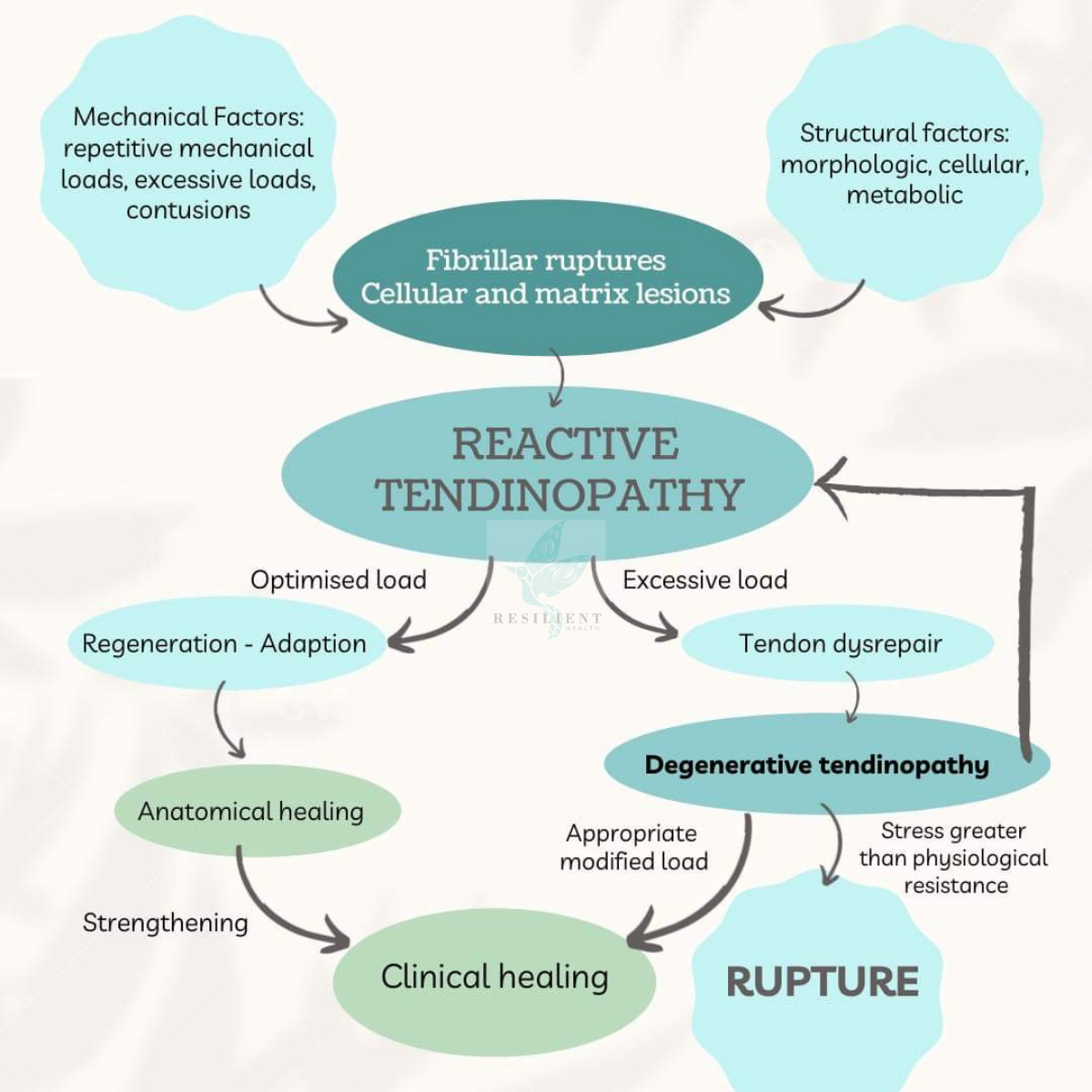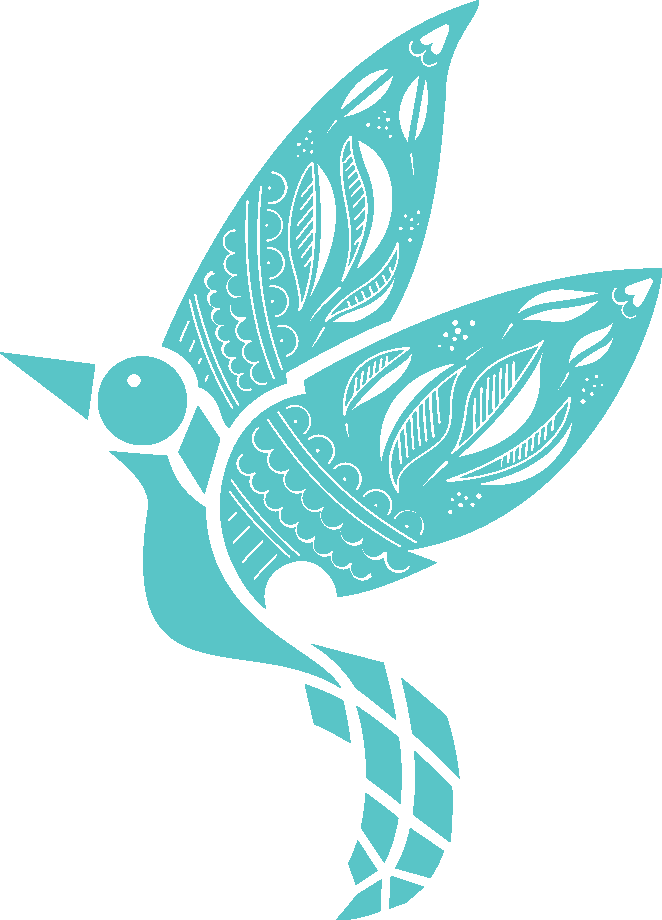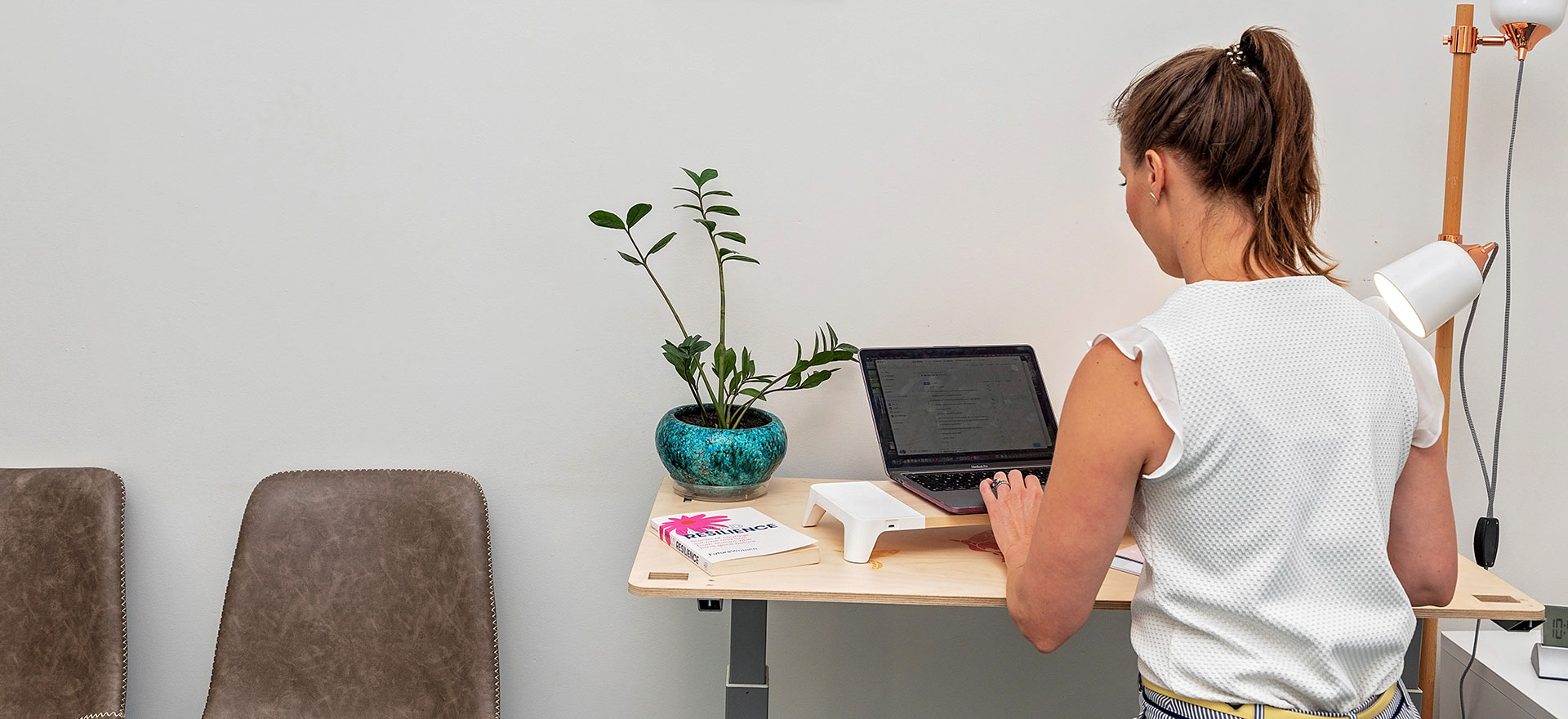What is a tendinopathy? A simple breakdown by your Resilient Health Team!
Written and collaborated on by the WHOLE Resilient Health Team: Casey, Courtnay, Mel and Stewart!
When a healthy tendon is under load, micro-tearing occurs.
This is NATURAL and NOT pathological (a problem) BECAUSE it promotes regeneration, healing and subsequent strengthening.
HOWEVER!
WHEN a load is EXCESSIVE, REPETITIVE, or WHEN you sustain an injury... THE TENDON will go into disrepair.
What this means is: the structure of the tendon is changed!
It becomes frayed and weak.
There is also an increase in protein and chemicals in the area.
THIS process, when it continues for a time, leads to:
PAIN: as the chemicals irritate the local nerve structures
REDUCED RANGE OF MOTION in the effected muscle or joint: because of altered tissue integrity, tissue stretch, muscle spasm local and difuse, AND our own protection by immobilizing the area.
IF THIS PROCESS CONTINUES, the tendon will continue to degenerate and tendon rupture can occur:

Tendinopathies we see at Resilient Health include:
Patella Tendinopathy:
The patella tendon is the insertion of the quadriceps muscle. The tendon encapsulates the kneecap (patella) and attaches to the shin bone (Tibia). Patella tendinopathy, also known as jumpers knee, usually affects the tendon below the patella, however it can affect above the kneecap. Patella tendinopathy is usually caused by poor jumping and landing technique, increase in training loads, biomechanical imbalances in the lower limb or from hard/ sloped training surfaces. It is commonly seen in running, basketball and volleyball athletes.
Golfer's Elbow:
Medial epicondylitis (or golfer’s elbow) is an overuse injury that develops over time. It is caused by overuse of the flexor muscles that are located at the inside of your elbow. Golfer's elbow can be caused by repetitive or long-term movements of the wrist. It is commonly seen in pitchers, carpenters, electricians, plumbers, and golfers.
Tennis Elbow:
Tennis elbow, also known as lateral epicondylitis, is an overuse injury affecting the outside of the elbow.It is caused by overuse of the extensor muscles that extend from the back of the forearm to the outside of your elbow. Tennis elbow can be caused by repetitive or long-term movements of the wrist. It is commonly seen in people who spend a lot of time typing, using vibration tools, handling heavy tools, or play racquet sports.
Gluteal Tendinopathy:
The Gluteal muscles are located between the pelvis and the hip, and play a role in moving the hips and stabilising the pelvis. Gluteal tendinopathy can be caused by reduced pelvic stability, hip and gluteal muscle strength and control that leads to increased load on the gluteal tendons. This can also be from muscle asymmetry and/or spasm from repetitive activities (running, dancing, skiing) awkward lifting, prolonged sitting, pregnancy, and habitual standing and sitting positions that place imbalanced load on an unsupported pelvis.Gluteal tendinopathy is most common in the sedentary population and menopausal women. Gluteal tendinopathy is usually be associated with trochanteric bursitis.
SO... WHAT ARE SOME THINGS YOU CAN DO??
In a tendinopathy, stretching can help, but it will not fix a tendinopathy.
Tendons also LOVE to be loaded! A guided rehabilitation and strength program can help you strengthen the tendon & muscle without aggravating symptoms.
Tendon's don't like surprises - if you have recently sharply increased your activity load, or started a new load - this may be a cause.
This is a great time to book in!
A thorough examination can be performed to determine the cause and extent of the injury, provide treatment and education to help you with pain management, and to collaborate on a management plan specifically tailored to you to help you get out of pain and get back to doing what you love.
If you have read the description on tennis elbow and think this might be you, see our blog by our resident Sports Chiropractor Dr Stewart Ward on "Tennis Elbow": (coming soon)
See you in the clinic!
The Resilient Health Team
